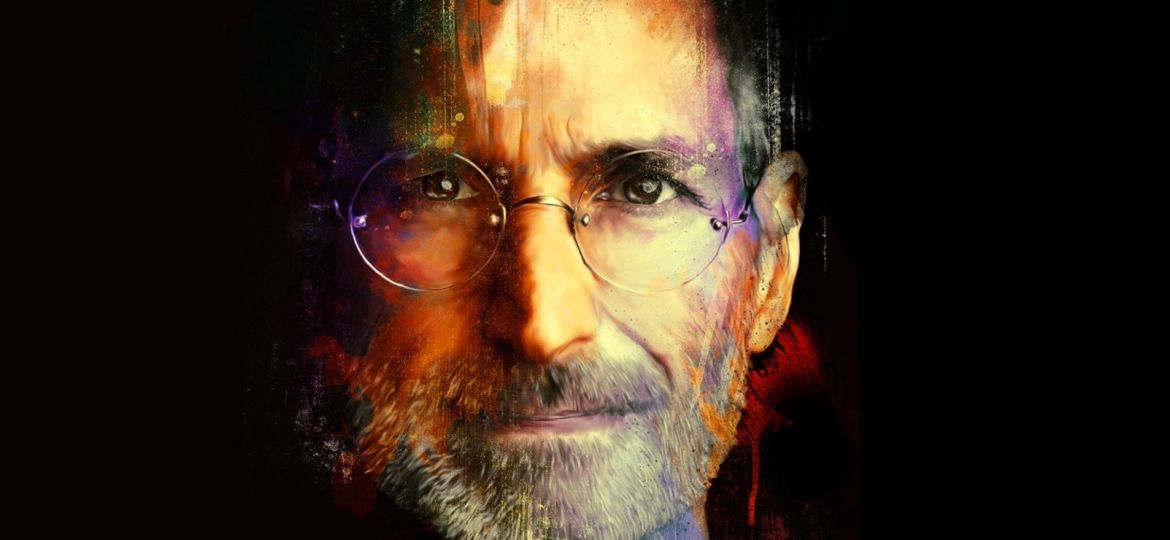
“If I had asked people what they wanted they would have said faster horses.”
Steve Jobs and Henry Ford are both regarded as two of our most iconic innovators so does it just happen to be coincidence that they also shared the same views about customer input into the innovation process?
One of Henry Ford’s most notorious quotes, referring to the then emergent Auto Industry was “If I had asked people what they wanted they would have said faster horses”, meanwhile over a century later Steve Jobs further compounded peoples belief that customers couldn’t create the next blockbuster because, as he said “It’s really hard to design products using focus groups, a lot of the times people don’t know what they want until you show it to them.”
Over the past decade I’ve lost count of the number of times that organisations looking to create that next big blockbuster have told me that they’ve been advised to ignore the voice of the customer because, referencing these quotes, customers apparently don’t know what they want. Given this back drop though I argue that customers know exactly what they want but that many innovation teams are approaching innovation and research from the wrong direction. Creating the next blockbuster product relies heavily on your team’s ability to see the gaps and opportunities in the market and while this isn’t an easy task with the right education it’s a skill that can be honed and developed over time.
By definition blockbusters are created when a company creates an affordable, desirable product or service that resolves a hitherto unmet mass market need and Henry Ford and Steve Jobs were partially right – if you ask a customer what product they’d like you to create next for them then they’ll more than likely make reference to an existing product and answer using words that have “er” at the end of them such as faster, smaller, bigger, cheaper, sexier. It’s therefore fair to say that under these circumstances that none of these customers would ever have considered creating an iPad or even a digital camera and therein lies the innovators dilemma because evidently, if the quotes are to be believed then customers simply aren’t innovative or creative enough to be of much help.
So, if we can’t count on customers at large to show us the way then what can we do? Fortunately the answer is simple and better yet it still involves the customer. You change your lens. Organisations and teams who ask customers for their opinions will always get uninspiring answers so you need to focus on outcomes. Customers don’t buy products because they want to, they buy products because they fulfil particular needs. For example, you buy food not because you want to spend tens of thousands of pounds throughout your lifetime you buy it because you need it to survive, similarly you don’t buy a phone because you want to you buy it you buy it because you need to communicate. Both of these examples demonstrate the power that outcomes have on our everyday purchasing decisions.
By focusing on and understanding the outcomes that drive customer behaviour teams can create powerful, compelling products but outcomes come many forms so teams looking to create the next blockbuster have to look for outcomes the majority of customers want to achieve but ones that today don’t have any products or solutions that fulfil their requirements. Broad, mass market outcomes can include customers who want to reduce their home energy bills as well as customers who always want to be entertained but once you understand what the common outcomes are you can design solutions like the Connected Home that use intelligent sensors and systems to help home owners reduce energy consumption or TV’s that unify on demand Over the Top (OTT) content into a single experience and it’s products and solutions like these that will become tomorrow’s mass market blockbusters.
Conclusion
By focusing on discovering mass market customer outcomes innovation teams can greatly improve their chances of finding that illusive next blockbuster but once you’ve found a mass market outcome you must remember to concentrate your design resources and create a desirable product because no matter how significant the outcome that your customers are looking to achieve is the fact remains that customers still won’t buy ugly, expensive ill conceived products.
















